There are a ton of aspects of a great book to enjoy. It can have an inventive world, a brilliantly executed plot, well-developed characters, etc. But I know that the part of any story I care most about is the love story. I am always searching for that crackling chemistry between characters and fighting the temptation to skip ahead and see when these two lovebirds finally get together.
Crafting an effective love story is no easy feat. You can’t just take two characters, pair them up, and expect your audience to swoon (as I’ve seen done in too many books, TV shows, and movies to count). There is a lot of time and effort involved in constructing a romance that your readers will actually care about.
Here are some tips on how to write a compelling love story.
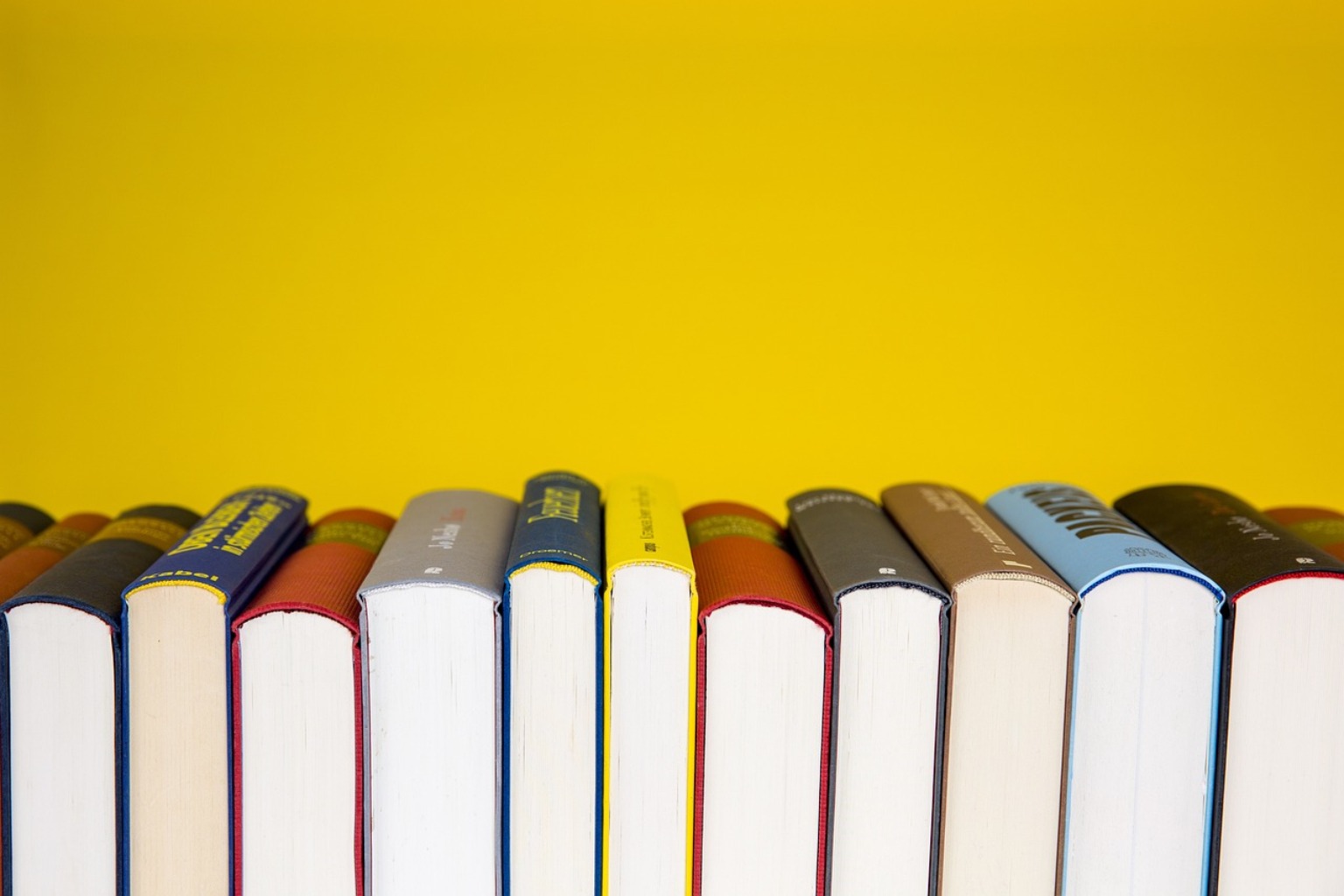
Reread Your Favorites
If you’re planning to write a love story, it’s likely that you have at least a few favorites that you’ve read. Before you start writing, it can be very helpful to go back and reread those stories that you love. Dogear pages or go in with a pen or highlighter and mark lines or scenes that really resonate with you. You can rewatch beloved love stories in TV shows and movies as well.
There’s nothing wrong with modeling the romance in your novel on one you love, especially in the early days of your rough draft. Odds are, as the book develops over time, that love story will evolve into something original and in your unique voice.
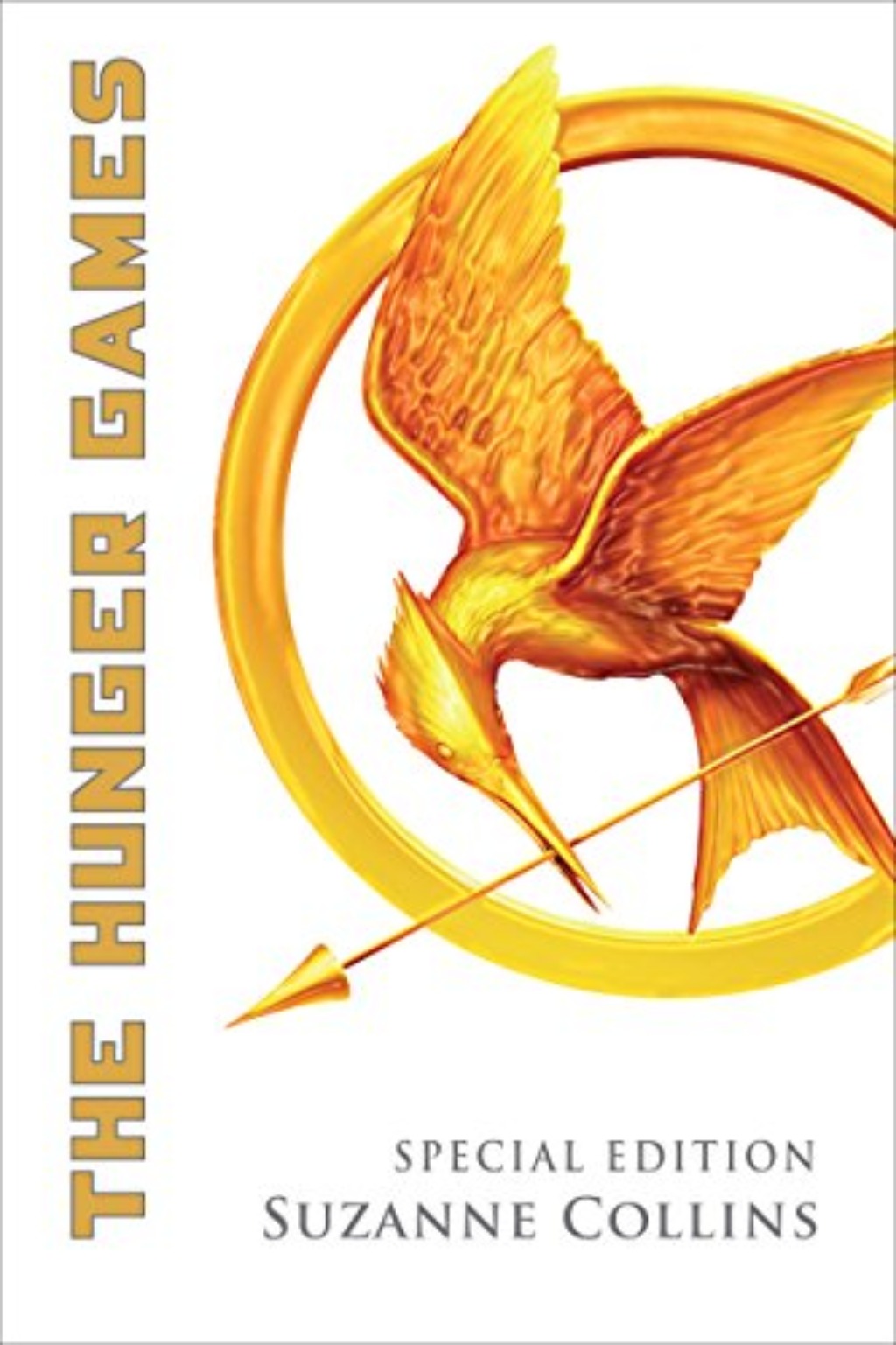
Determine Your Genre
One thing to think about before you start writing is whether romance is going to be the main focus of your novel, or if it will be a part of a different genre of story. Books like The Notebook by Nicholas Sparks and Pride and Prejudice by Jane Austen are pure romances where the relationship between the two leading characters takes center stage. Conversely, the Hunger Games trilogy by Suzanne Collins and the Divergent trilogy by Veronica Roth both include romance but are in the dystopian genre.
Whether you choose to write a romance novel or a different genre, it is equally important that you put the work into creating a compelling love story that will keep your readers turning pages. Readers can get very passionately invested in romances between their favorite characters. There are a ton of comments and groups out there on the Internet devoted to “shipping” certain characters (to root for a romantic relationship between them) for a reason.

Write an Outline
While there are some brave writers who write by the seat of their pants (known as pantsers), I find it extremely useful to have an outline to guide me through the writing process. Outlines particularly come in handy when it comes to writing a love story. Having at least a rough idea of where the story is going will help to keep you from getting too swept up in the romance (something we will discuss more below).
Knowing your ending and other pivotal points throughout the story will give you something to strive toward as you write those romantic scenes. If you need help figuring out how to write an outline, here is a post that will help guide you through. And this post is full of links to helpful templates you can use.
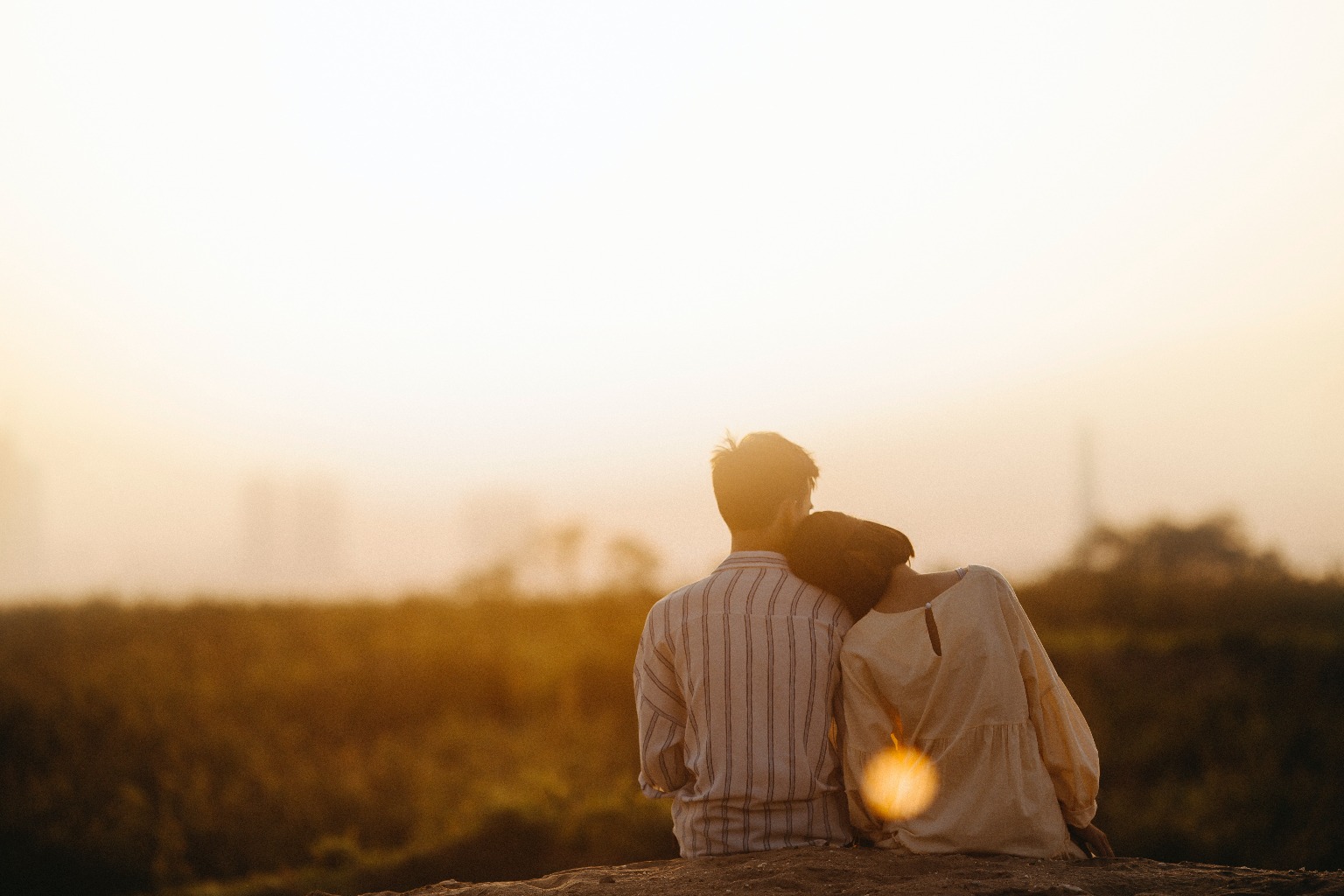
Work on Your Character Development
I don’t know how many times I have read a book or watched a movie where I was presented with two cardboard cutout characters with the expectation that I would care about their romance. This is particularly common with female characters in stories with a male protagonist, I’ve noticed—they are often there to be a pretty face and that’s about it.
Readers are never going to get invested in your love story if you don’t develop full, interesting characters for them to form an attachment to. In your quest to make them likable, it’s also important to resist the temptation to make them too perfect. Perfect is boring—flaws are what make a character relatable. Check out this post for tips on how to improve your character development.
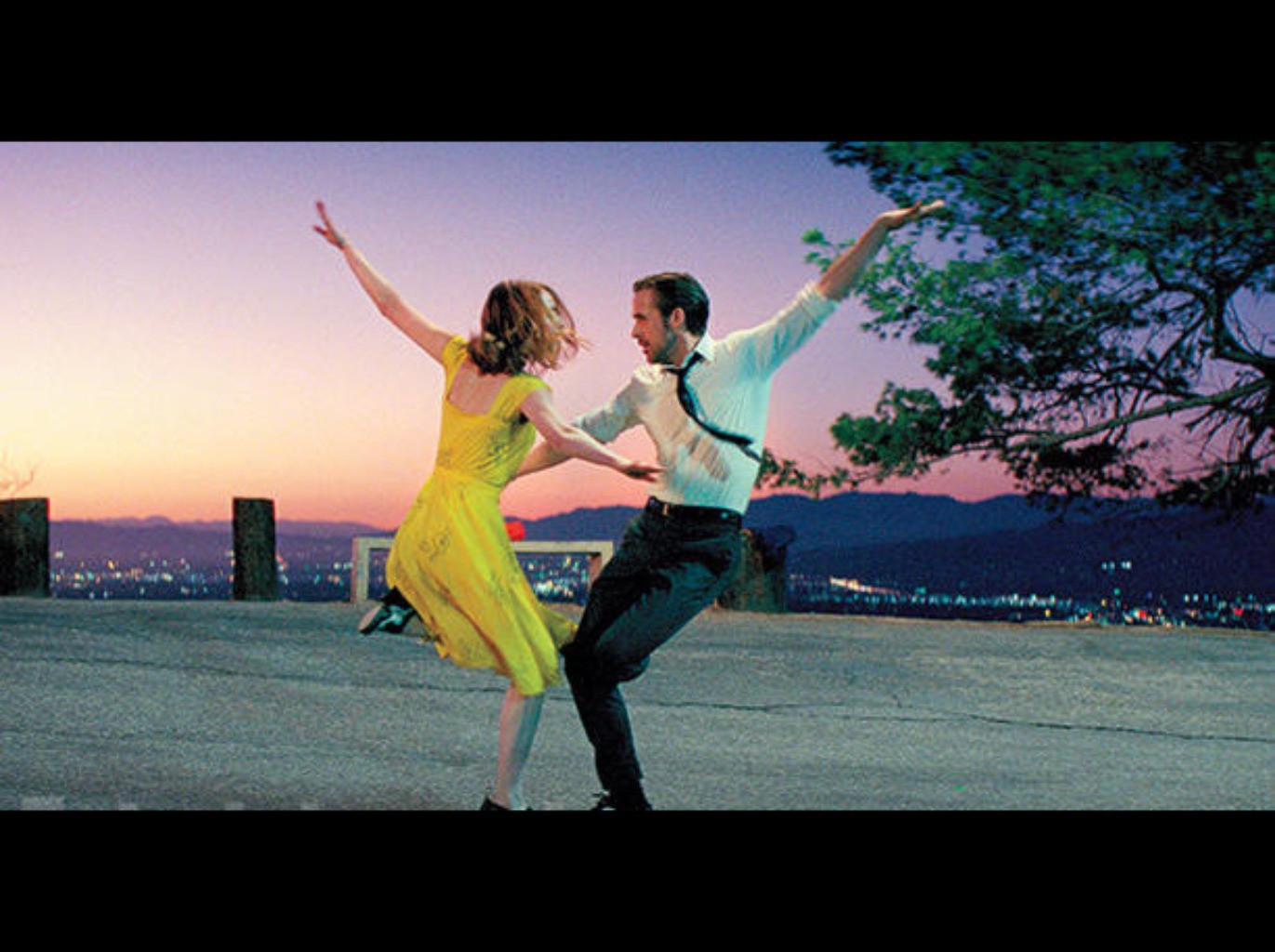
Plant the Seeds of Chemistry Early
If you are writing a romance—particularly a romantic comedy—you have probably heard of the term “meet cute”. It refers to the scene in which the two people who will eventually form a romantic couple meet for the first time. You can often sense the chemistry between these two characters right away. They find some sort of common ground like a shared favorite book or feeling like outcasts at a party.
It's also possible that your characters will have a very negative first meeting, like Seb and Mia in the film La La Land. Their first several interactions don’t go very well, in fact. But even so, you can feel the chemistry between them through it all. Right from the start, you need to make sure there is a spark between your two romantic leads.
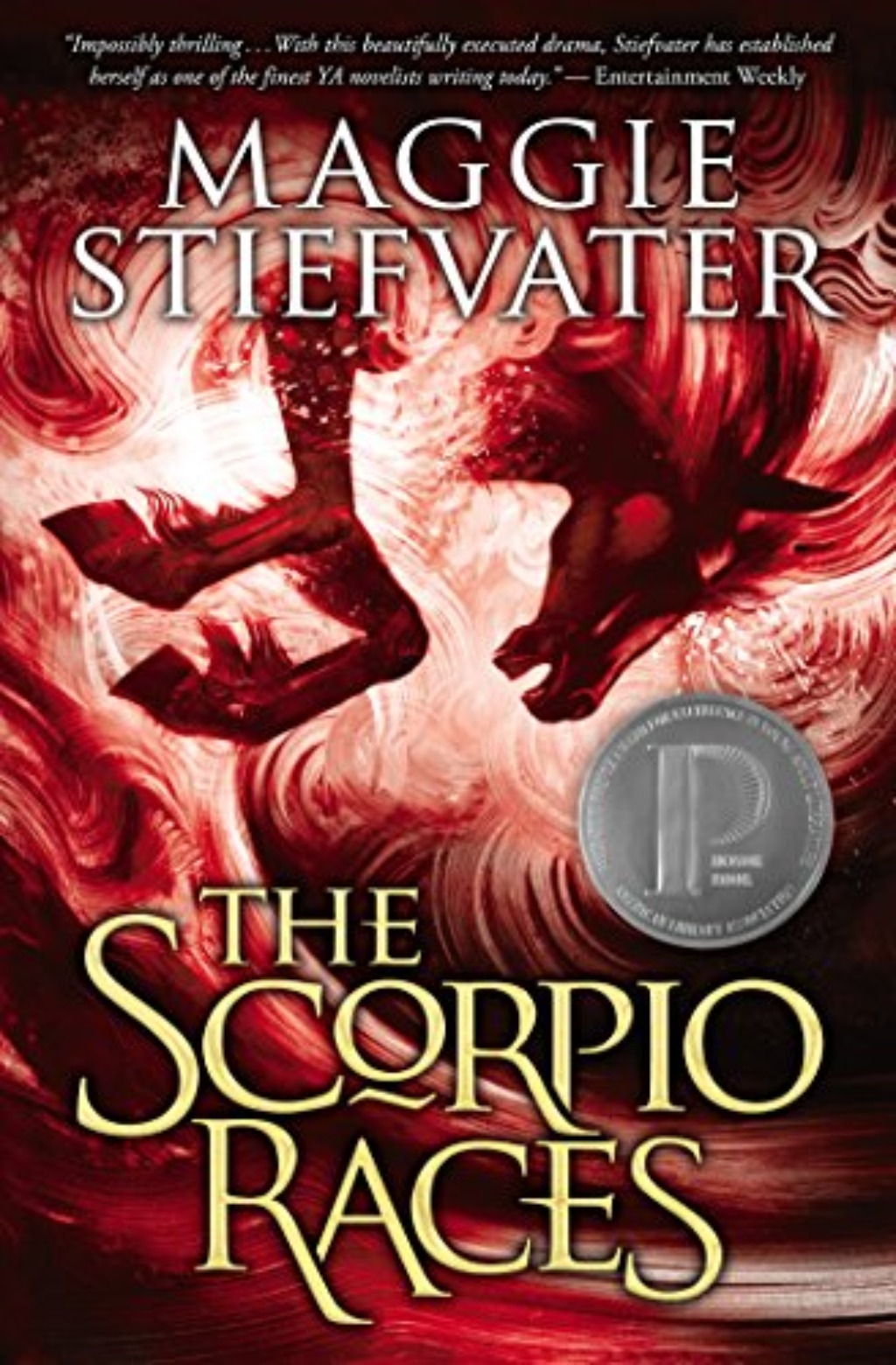
Take Things Slow
While the chemistry between your main characters should be obvious from the beginning, the best romances, at least in my opinion, are the ones with a slow burn. Throughout the novel, there should be little moments—loaded glances, when they find a shared opinion or passion, one character standing up for what they believe in while the other looks on in admiration.
A book that pulls off the slow burn exceedingly well is The Scorpio Races by Maggie Stiefvater. The protagonists Puck and Sean don’t even interact until a decent way through the book, and even then it takes a while for their relationship to grow. Noticing the similarities between their personalities and how great they would be together makes the reader all the more excited for those precious moments they share.

Strike a Good Balance
It’s important that your romantic leads have a collection of conflicting and complementary traits. You could create two characters who are exactly the same, never fight, and live happily after. But no one’s going to read that story. The best romantic partners challenge each other and are often made better by the ways their partners differ from them. A high-strung character, for example, may learn to be calmer and more laid back from an easygoing partner.
That said, you also can’t create characters who have nothing in common. A reader will read the book and wonder what these two are doing together when they seem so wrong for each other. Try to strike a good balance. Your romantic leads should be like jigsaw pieces—uniquely different, but they fit perfectly together.
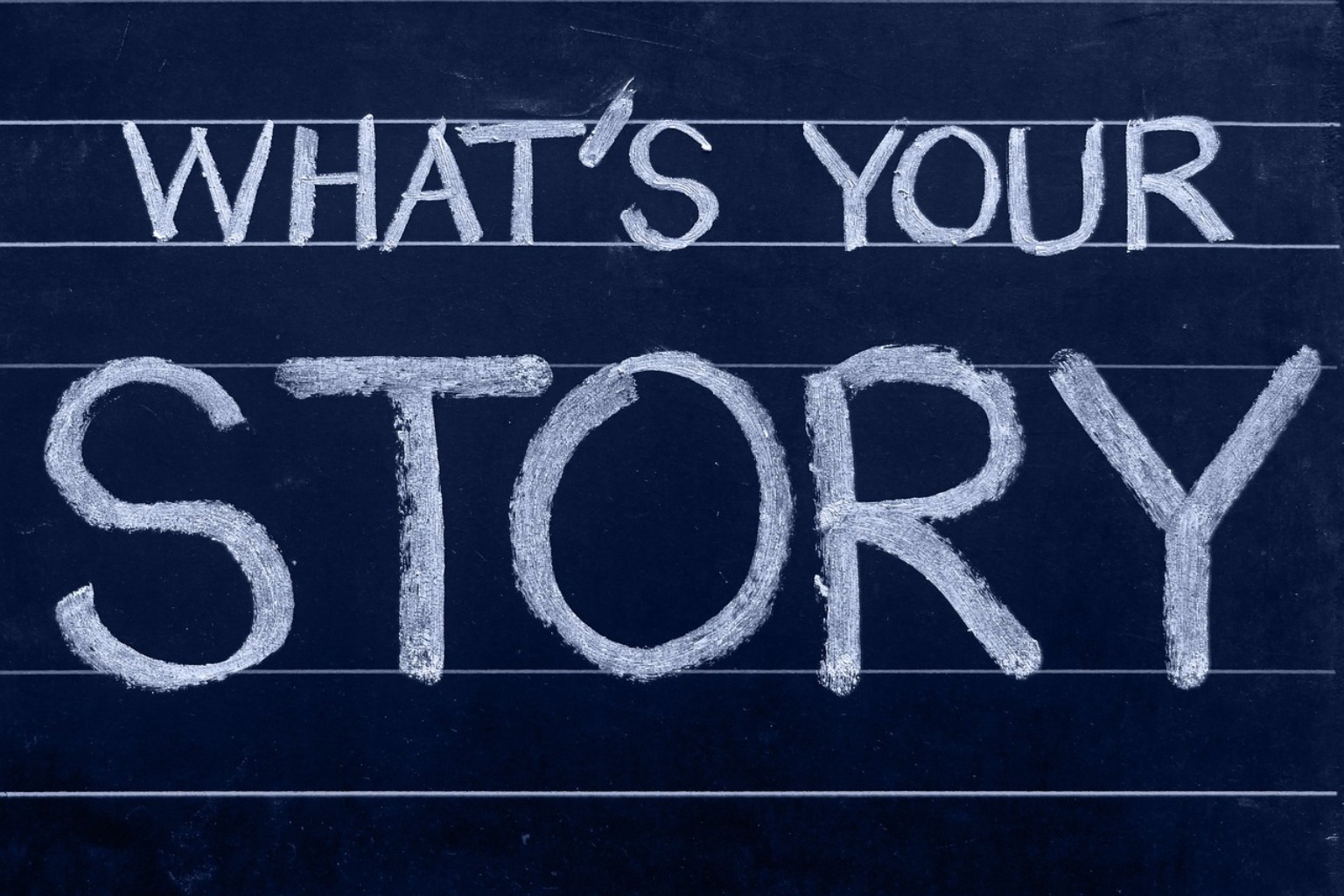
Don’t Forget About the Plot
If you are doing your job right, as you write, you will start to fall as in love with your romance as the two characters are with each other. It’s always a good sign when you become as big a fan of your love story as hopefully one day your readers will. But this infatuation with your fictional romance can lead to the temptation to write scene after scene about these two characters and their love and leave the rest by the wayside.
Remember that while a love story may keep readers invested in your story, they will need a plot as well. Otherwise, they will become bored by a book where nothing happens. Creating an outline will help a lot in this area—it will keep you focused without falling too deeply into your romance.

Separate the Lovers
This tip isn’t strictly necessary to make a love story work, but it can often add depth and an element of longing to a relationship. Your characters may be parted by an evil villain, or choose to go their separate ways after a disagreement. In The Princess Bride by William Goldman, Westley first leaves Buttercup to seek his fortune and build a life for them both. Later, Buttercup chooses to go back to Prince Humperdinck with the promise that he will not harm Westley. In The Time Traveler’s Wife by Audrey Niffenegger, Henry and Clare are repeatedly separated by Henry’s Chrono-Impairment.
Time spent apart will show your characters how much better they are when they are together. This also allows them to eventually have a happy reunion, which is satisfying and cathartic for the reader.
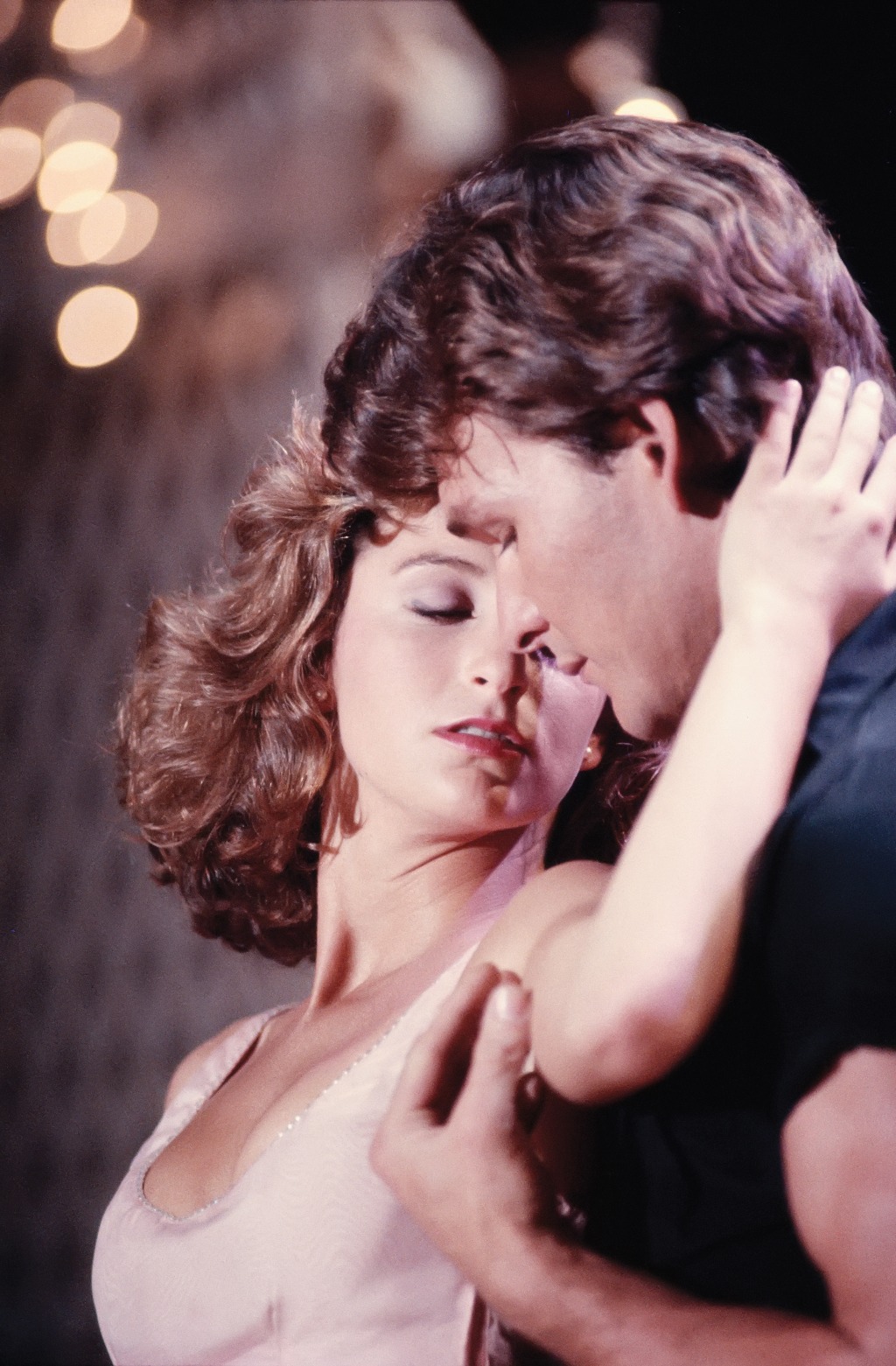
Create Satisfying Arcs
In any story, it is pivotal that your characters grow and change. In a love story, two characters will grow and change together. Some of these changes will come about because of their relationship, while others will come from outside forces. A character should never be the same person they were at the start of the book.
Great romances show how the romantic leads have supported and challenged each other into becoming better people. Mr. Darcy in Pride and Prejudice shows Elizabeth how judgmental she has been and teaches her to be more open-minded about people in the future. Johnny in Dirty Dancing helps shy Baby come out of her shell, and she in turn teaches him about the kind, courageous person he wants to be.
You don’t have to include a love story in your novel, but to me, they are a big part of what makes books worth reading. The best love stories teach you about how love should be and what to hope for in your own life. Nothing can tug at your heartstrings like true love when it’s in peril or doesn’t work out, and we could all use a good cry every now and then.
Soak Yourself in Fiction
Follow us on Facebook | Instagram | Twitter | Discord